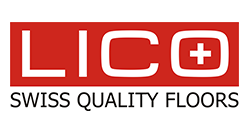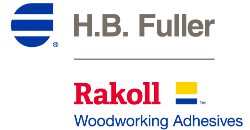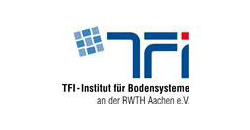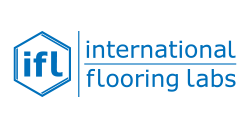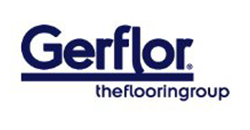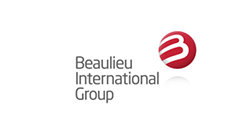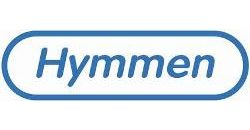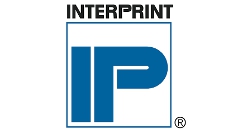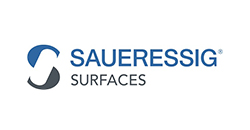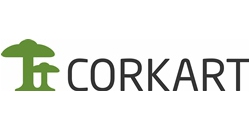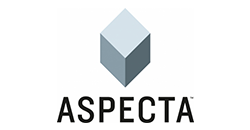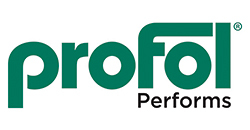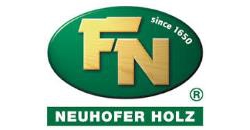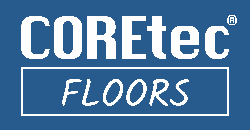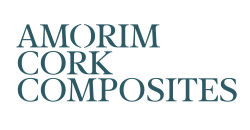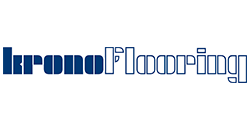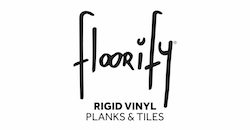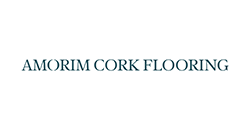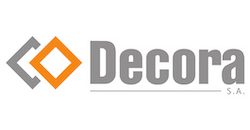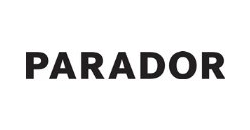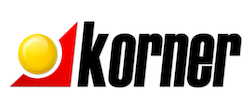Preparing the subfloor for the installation of MMF floor covering
 Requirements, properties and preparation of the subfloor structure
Requirements, properties and preparation of the subfloor structure
Even in old floors there is always a risk of moisture rising dampness or condensation in subfloors, so it is necessary to ensure that an efficient moisture barrier is installed.
Subfloors must be permanently dry.
On concrete subfloors consider the maximum humidity less than 75% RH when measured by a hygrometer/probe, or conduct calcium chloride moisture tests to ensure that moisture emission levels are less than 3 lbs/1000ft2/24 hours (USA and Canada), or using a CM Test, the moisture content should not exceed 2 % (or 1.5 % with underfloor heating);
for anhydrite screedthe moisture Content should not exceed 0.5 % (or 0.3 % with underfloor heating).
Please note that the requirements may differ in different countries.
For newly installed screed, follow the guidelines of your installer for the start-up period.
In case of underfloor heating, a heating protocol should be presented; please ask for it.
Unevenness of more than 3-4 mm over the first metre of a run and ≥ 2 mm per every additional running metre must be compensated.
Please also follow instructions given by the flooring producer.
Moisture-sensitive flooring systems
(e.g. floor coverings with MDF / HDF core) require a permanently dry surface.
For mineral substrates, this can be ensured by using a moisture barrier (water vapor control layer) that protects the flooring from damage caused by rising damp. Moisture protection films can be either integrated into the underlay or be laid separately. In this regard, the thickness of the water vapor control layer itself is of no significance, but rather its type and quality.
The ability to slow down the diffusion of water vapor is expressed by the sd-value.
The higher the sd value, the better the film or underlay protects the flooring from damage caused by rising damp.
Based on practical experience, this value should be at least 75 m.
Transparent polyethylene (PE) films with a thickness of 150 µm will typically achieve sd values of >75 m. The same applies to metalized plastic films with a thickness of >10 µm. The requirement of 75 m is valid for subfloors in a state of equilibrium moisture.
When the subfloor shows a higher level of residual moisture, appropriate measures must be taken before the installation of the floor in order to dry the subfloor.
Basically, it is absolutely necessary to collect information about the relevant requirements from the flooring suppliers and to follow them.
Installation over existing floor coverings
MMF floor coverings in categories 1, 2 or 3 can generally be laid on existing floor coverings such as synthetic material, ceramic tiles, slabs or stone floors which are fixed sufficiently, completely level and have no loose areas.
These subfloors should also be covered with a foil spread out as a separating layer and emissions inhibitor.
Existing wood planks, engineered wood boards, OSB panels, drywall elements etc. must not be covered with PE foil acting as a vapour barrier.
The area below the subfloor should also be sufficiently ventilated in an adequate way (back-vented skirting board).
Textile floor coverings
- As a rule, textile floor coverings such as carpeting, needle felt carpet etc., should be removed.
Wooden subfloor:
- In case of installation on a wooden subfloor, please remove any existing floor covering first. No signs of mould and/or insect infestations should be visible.
- Make sure the subfloor is levelled and any loose parts are nailed down.
Apply a level floor or levelling compound on top for a perfect subfloor preparation. • The crawl space under the plank floor must be sufficiently ventilated. Remove any obstacles from the crawl space and make sure there is sufficient ventilation (minimum 4 cm² total ventilation openings per 1 m² of flooring).
- The moisture content of the wood must not exceed 10 %.




